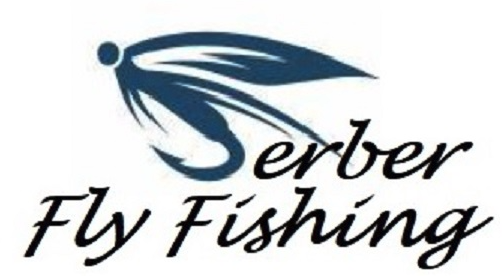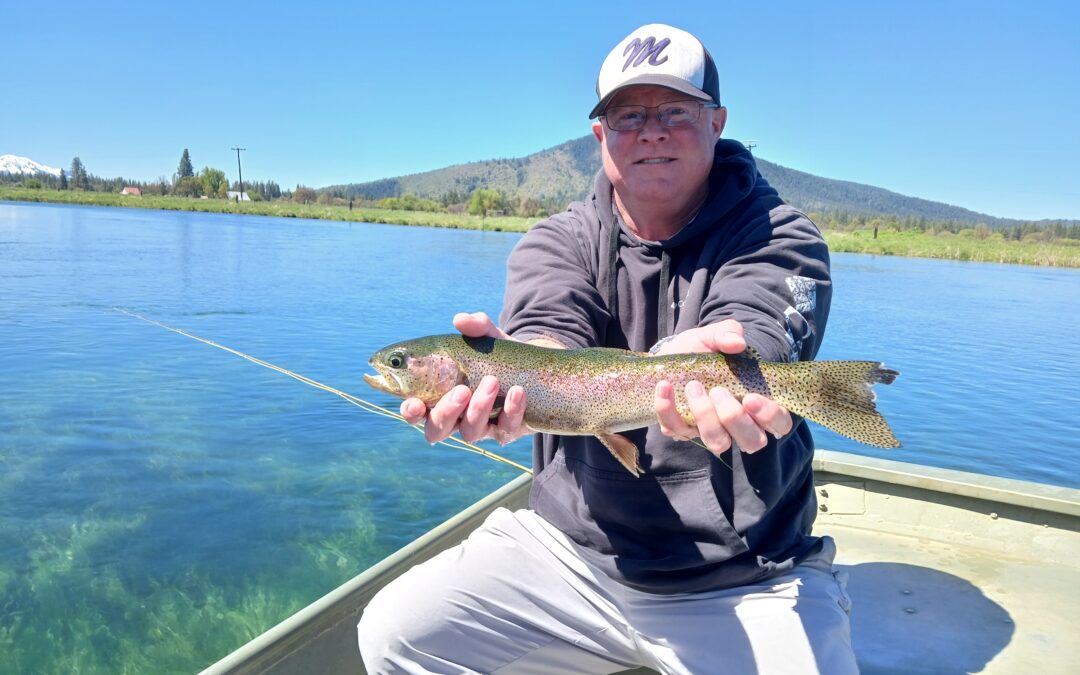The Fall River Valley, 70 miles east of Redding, California, along Hwy 299, located in Shasta County has a rich and colorful history. Originally inhabited by the indigenous Achumawi people; who were known as fierce warriors, notorious for their bravery and arrows that were seasoned with rattlesnake venom. The Fall River valley is home to the largest spring creek in California, famous for its world class fishery.
The first white settlers arrived in 1855, bringing teams of oxen, pulling wagons loaded with equipment and machinery to build a sawmill. Unfortunately, this eventually led to a clash with the Achumawi people. In 1857, some white settlers were found slain, and the US Government sent troops in to protect the white settlers. The troops were led by Lieutenant George Crook. Ultimately, the indigenous people were essentially wiped out.
Fall River originates at Thousand Springs. Thousand springs is fed from underground aquifers filled from the drainage of Mount Shasta. Fall River is then fed from Bear Creek (fed from mountain creek run off), Spring Creek as well as from the Tule River. It meanders approximately 23 miles from its source before meeting up with the Pit River. It is the largest spring creek in California. Spring creeks are known for their consistent temperatures and flows, making them ideal trout streams. Originally there where 3 water falls on Fall River. Only one remains. Prior to man interfering with the natural flow of the river, steelhead and salmon would come up thru the falls and spawn in Fall River during high water events. Fall River boasts 2 sub populations of trout. One population adapted to the colder water from Bear Creek and a second population adapted to the more consistent, temperate temperatures of Spring Creek. The river ranges from 50-300 feet wide and has depths up to 20 feet in places. Fall River boasts a vigorous population of wild trout.
Fall River Valley attracts anglers, as well as hikers, bikers, campers, hunters, golfers and water enthusiasts.
Fall River, is famous for its prodigious hatches of mayflies, including the largest mayfly, the Hexagenia, in late May-July, as well as an abundance of caddis and midges. It is not uncommon to hook a hard fighting 18-20 + inch wild trout on a size 18 (or smaller) mayfly pattern. A day on Fall River might include a trico spinner fall, caddis emergence, followed by a PMD spinner fall, and a PMD or BWO hatch. In between, one might drift nymphs under an indicator or pull leaches, damsels or boatman patterns using sinking lines. It’s a unique river and can be quite technically challenging. Drag free presentations are a must. These fish have PhD’s and can be quite finicky.
Fall River meanders thru private land and thus can only be accessed by water craft. There are only 2 public access points. One on Big Lake (about 20 minutes up river of the Fall River/Tule confluence), where one can launch a motorized boat along with canoe/kayaks/pontoons or at the Cal Trout access area just below the Island bridge on Fall River. No gas motors can be launched from the Cal Trout access area, and you need to be able to carry your boat to the launch. No trailers are allowed.
Because of the limited access on Fall River and the challenging fishery, hiring a guide for the day will enable one to experience Fall River to a much fuller extent.
Fall River is only one of many wonderful fisheries in the area. Within a short drive from Fall River one can explore Hat Creek, Burney Creek, Pit River, Ahjumawi Lava State park (the springs), Big Lake, Tule River (known for its bass fishery), Lake Briton, Baum lake as well as some smaller creeks. There is also McArthur-Burney Falls and the Fort Crook Museum. Come visit the Fall River Valley and experience its many wonders. If you are interested in exploring and fishing Fall River, give Adventure Fly Fishing a call to book a day on Fall River, and experience the magic of this amazing fishery.

